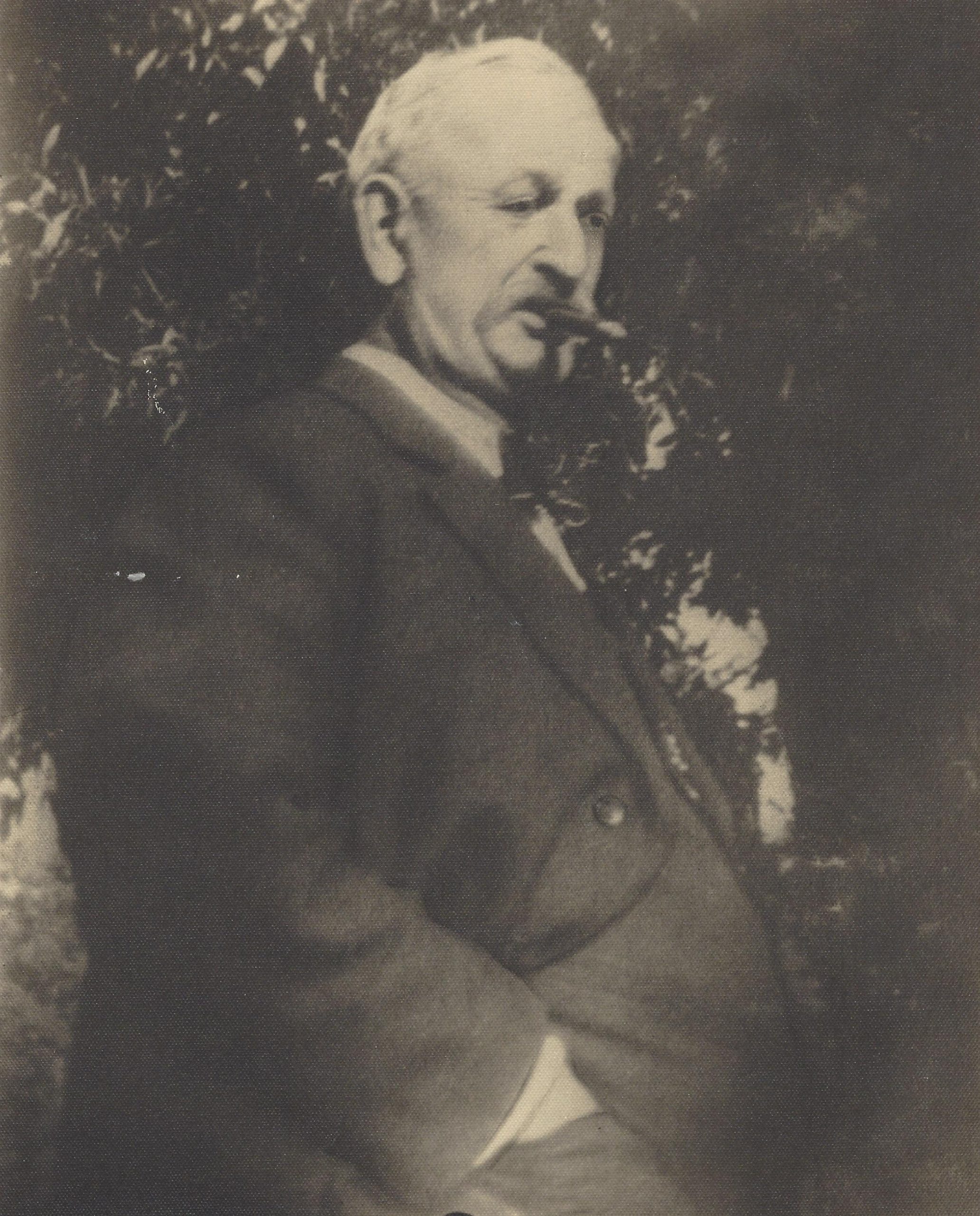Some information may be outdated.
Who were the individuals who drove cattle and other livestock in the Moab Valley and surrounding area? How did their contributions support the formation of the economy and society of the city of Moab? And how did they come to spend their lives in this desert environment?
In early March 2023, the Moab Museum launched a walking tour, “Livestock Built This City,” to address these questions. Throughout the spring, the Museum team is delving into the histories of these stockmen and women, beginning with Henry Calvin Goodman.
The Goodman name is woven within many Moab stories, many of which remain close to myth. Henry Goodman was not an “outlaw turned cowboy,” as he was later referred to, nor did he see Billy the Kid crossing the Colorado north of Moab, as his obituary claims.
Goodman and his family were immersed in the gentile culture of the area, a well-respected family with land holdings in Southern California, the Salt Lake area, and Denver. Goodman was a participant in many of the historic events in the Four Corners region, notably “selling the Goodman-Green livestock operation and grazing rights on Elk Mountain to the Indian Creek Cattle Company for $50,000,” according to Dick Dalrymple’s anthology of the Goodman family, entitled “Henry Goodman: Moab’s Forgotten Icon,” first presented at the Western Literature’s Association gathering in 1999.
But how did Goodman become involved in the ranching industry and amass such wealth? Goodman was born on August 2, 1852, in Edgefield, South Carolina. After being orphaned at the age of 11, he spent his youth as a cowboy in Texas.
Mr. Goodman found his roots in the cattle industry first in the spring of 1968, when he returned to Texas. It was near present-day Abilene where he met Isaac W. Lacy, a man who would later consider Goodman to be family. The two formed a partnership under LC Cattle Company and created a new cattle-driving route, avoiding the already busy Chisholm route. The route wound its way southwest through Comanche territory and then north along the east of Rockies, ending in Denver.
Goodman married Mary Louise “Lulu” Brumley in 1889 at Cortez, Colorado. The Goodman family made Moab their home in 1892 along with their three-year-old daughter Teddy. Goodman partnered with R.L. Kirk in the cattle business for 16 years in the Cross Canyons country. In the late 1890s, he moved from ranching cattle to sheep, partnering with his brother-in-law H.G. Green for the next 15 years.
Lulu Goodman was critical to the formation of the Lady’s Literary Club (featured in the Museum’s March 30, 2023, Sun News column). Lulu was not a member of the Church of Jesus Christ of Latter-day Saints but did serve as their organist until the Goodmans helped to establish the First Baptist Church.
To learn more of the incredible stories of characters such as Henry Calvin Goodman, join Museum staff every Thursday at 10 a.m. for the “Livestock Built This City” walking tour. Be sure to ask staff about Mr. Goodman’s involvement in the Pinhook Battle of 1881 or the re-discovery of the vast Cliff Palace, located in the heart of Mesa Verde.
The Moab Museum is dedicated to sharing stories of the natural and human history of the Moab area. This is part of a series highlighting individuals represented on the Museum’s walking tour: Livestock Built This City. To explore more of Moab’s stories and artifacts, find out about upcoming programs, and become a Member, visit www.moabmuseum.org.
Appreciate the coverage? Help keep local news alive.
Chip in to support the Moab Sun News.





